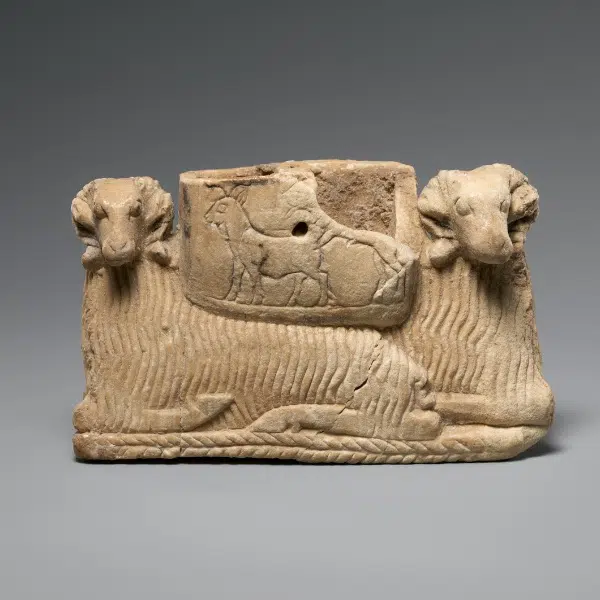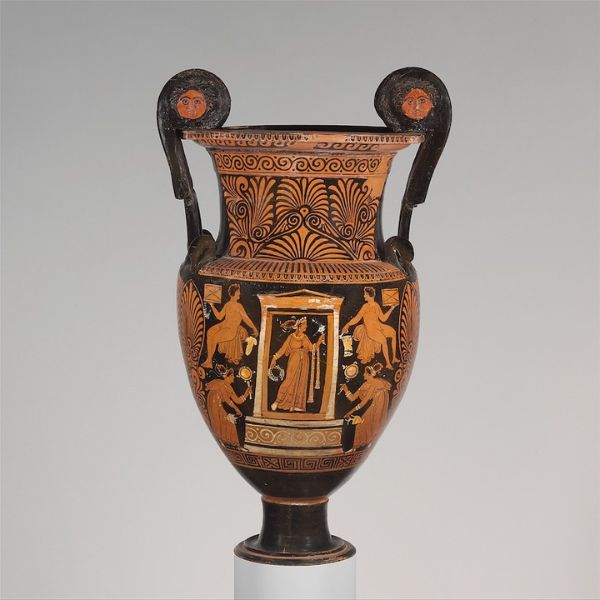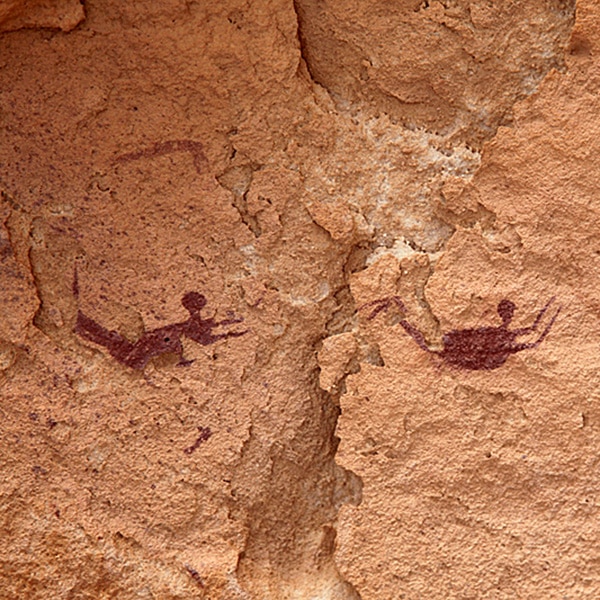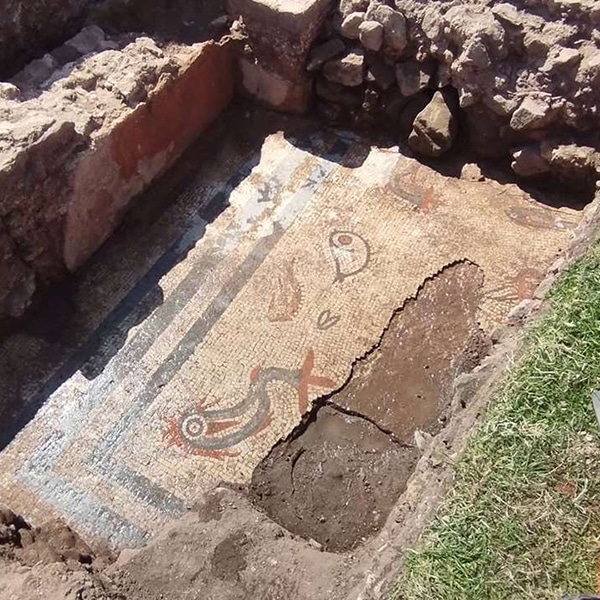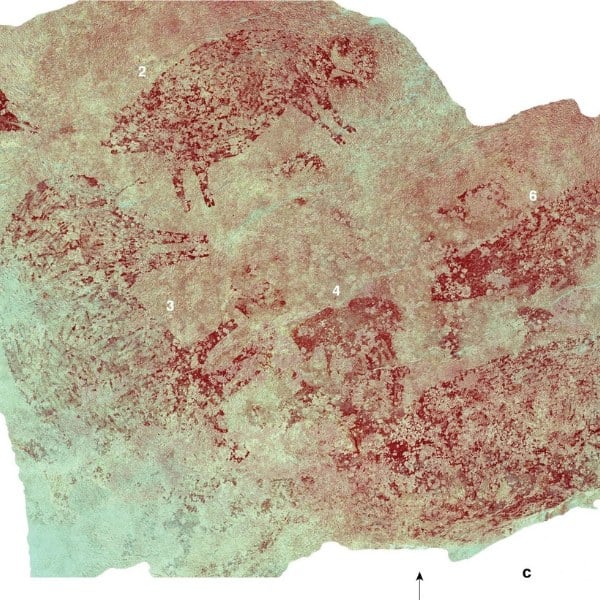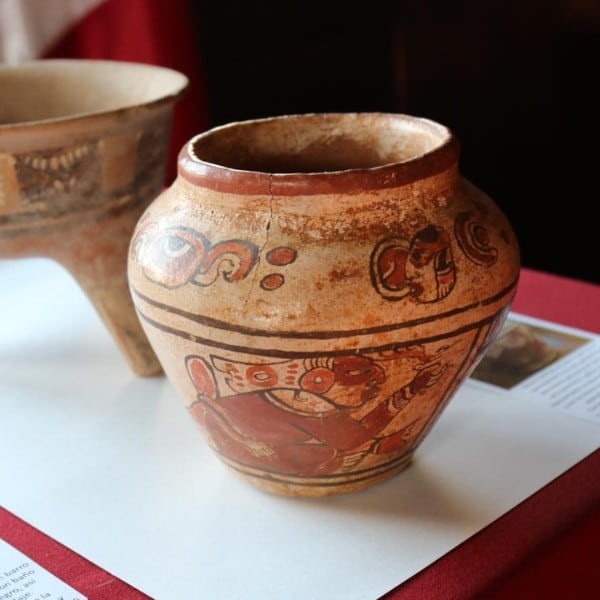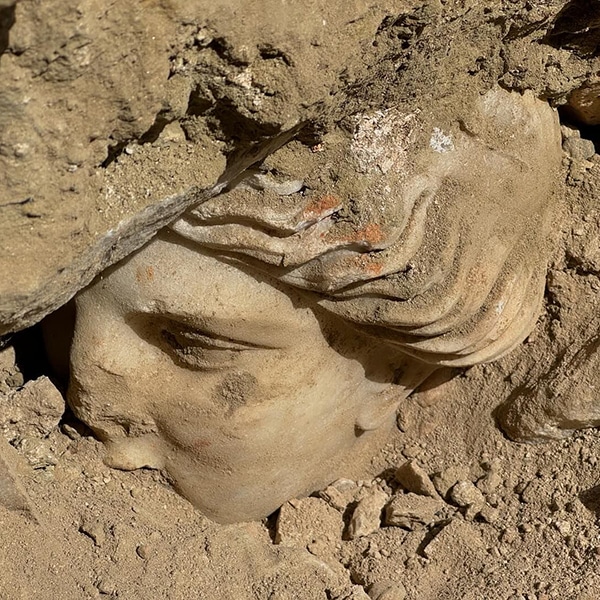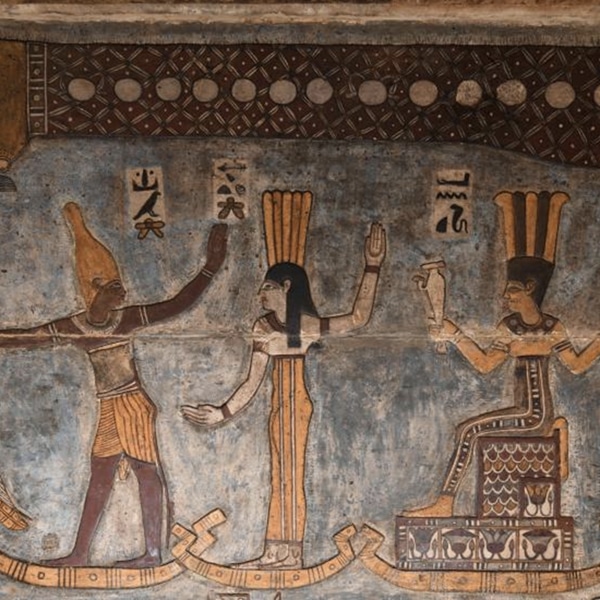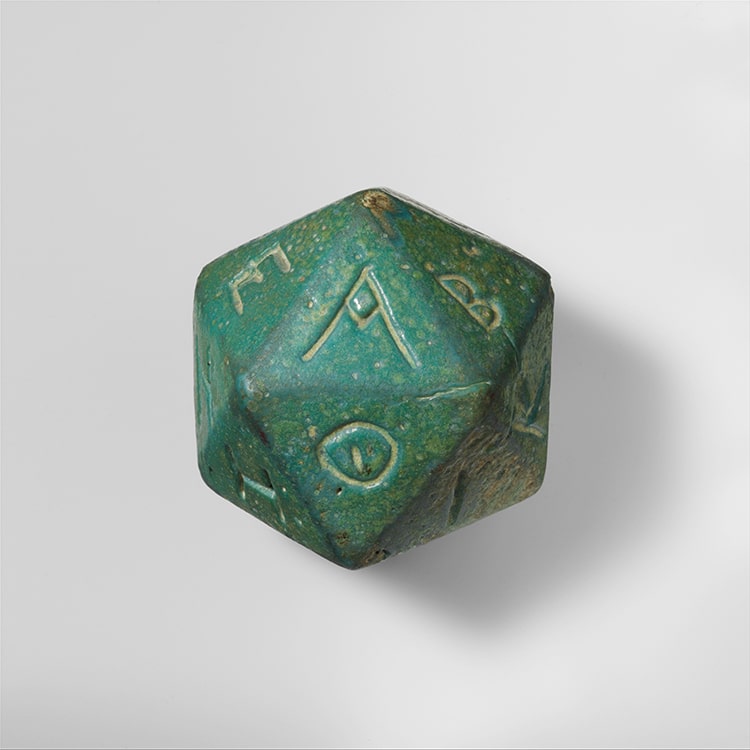
Faience polyhedron inscribed with letters of the Greek alphabet, Roman, 2nd–3rd century C.E. (Photo: The Metropolitan Museum of Art, Public domain)
This post may contain affiliate links. If you make a purchase, My Modern Met may earn an affiliate commission. Please read our disclosure for more info.
Dice—and their attendant games of chance—have an ancient history. Dice probably originated with marked knucklebones which were used to cast lots and interpret the divine. These relics are clearly recognizable to the modern eye as dice, but other multi-faceted versions might seem a bit befuddling. Polyhedrons (multi-sided solids) inscribed with Greek or Roman characters were common and likely used in conjunction with oracles.
Polyhedral dice include the standard six-face die. As the number of sides increases, the die begins to appear closer to a sphere. Among Greek and Roman dice with many facets, the icosahedron (20-sided) die is the most familiar in the archeological record. Bone and ivory were common materials, and more luxurious dice could be made of bronze, rock crystal, glass, onyx, faience, jet, alabaster, marble, or amber. Each triangular facet bore an inscription. Greek letters were common, even in the Roman period. Roman numerals also appear, and an Egyptian die was reported with the names of deities.
The exact use of icosahedron dice is still rather obscure. According to the Metropolitan Museum of Art, “They may have been used in conjunction with an oracle inscribed on a pillar set up in a public place.” Casting the die determined what part of an oracle to consult. Oracles were usually priestesses who were believed to interpret or speak for the gods. Their sayings were often written down and could be consulted by those seeking wisdom or prophecy.
To try your hand, check out this oracle generator. Roll each of the three dice to receive ancient wisdom. If you want to try out these cool dice and experience their ancient history for yourself, there are lots of modern versions on Etsy. Use them for your own divination or for the popular game Dungeons and Dragons.
Icosahedron dice in stone, bone, or rock crystal were used in Ancient Hellenistic and Roman times.

Twenty-sided die (icosahedron) with faces inscribed with Greek letters, Ptolemaic Period – Roman Period,
2nd century B.C. – 4th century A.D. (Photo: The Metropolitan Museum of Art, Public domain)
These 20-sided dice were engraved with Greek letters or Roman numerals on each facet.
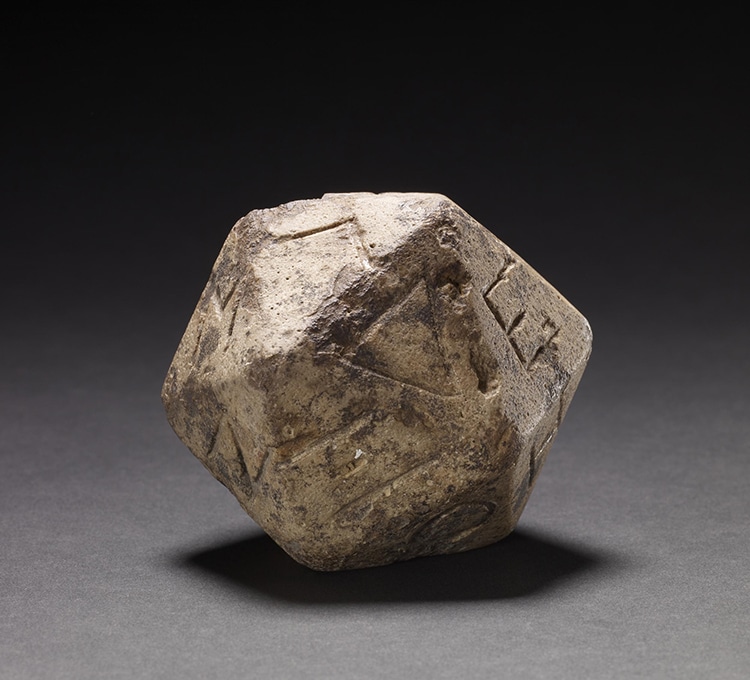
Stone dice with facets inscribed alpha to upsilon from the Roman Imperial period. (Photo: © The Trustees of the British Museum, CC BY-NC-SA 4.0)
The dice were possibly used in conjunction with an oracle to divine prophecy and wisdom.

Faceted dice made of green stone, inscribed with Roman numerals, 2st or 2nd century C.E. (Photo: © The Trustees of the British Museum, CC BY-NC-SA 4.0)
Dice are ancient, but you can get modern 20-sided dice today on Etsy.
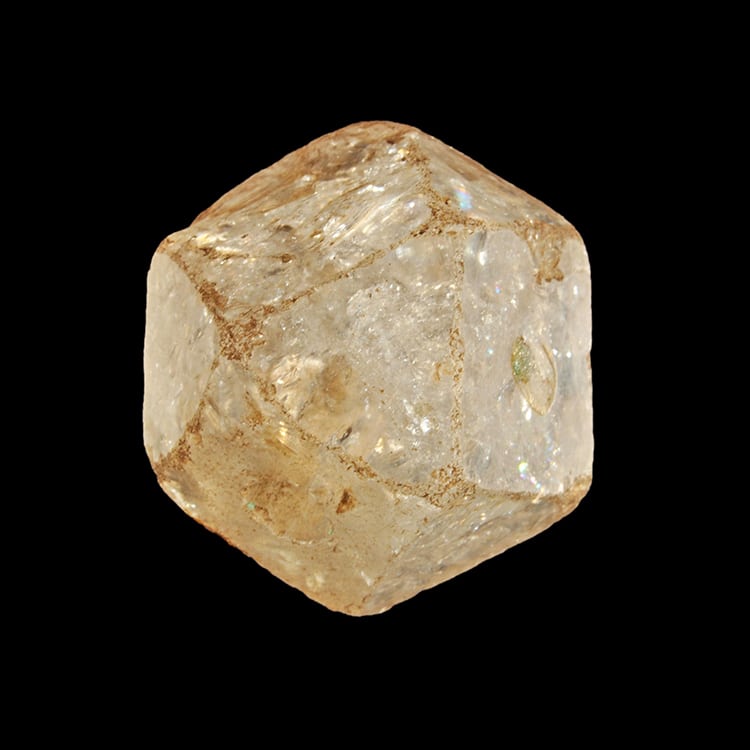
A rock crystal fourteen-sided bead (with hole) in the form of a pentagondodekahedra dice, from the Roman Imperial period in Egypt. (Photo: © The Trustees of the British Museum, CC BY-NC-SA 4.0)
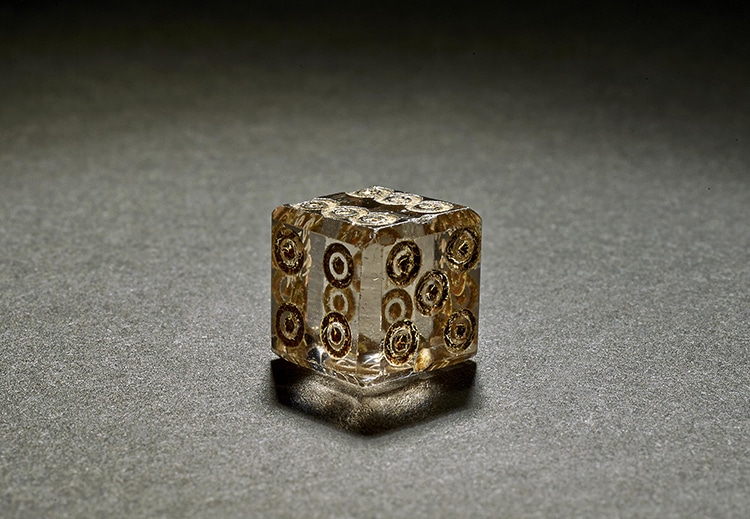
Rock crystal dice, marked one to six, Roman Imperial period.
(Photo: © The Trustees of the British Museum, CC BY-NC-SA 4.0)
Intrigant, n'est-ce pas ? Il s'agit d'un dé à jouer de 1cm de haut en cristal de roche de l'empire romain #ZoomMW pic.twitter.com/LAG5T577ze
— Musée du Louvre (@MuseeLouvre) April 2, 2016
Related Articles:
Herculaneum: Pompeii’s Sister City That Survived a Volcanic Eruption in Ancient Rome
Archeologist Spends Over 35 Years Building Enormous Scale Model of Ancient Rome
Explore the Grandeur of Hadrian’s Villa, a Lavish Palace Fit for a Roman Emperor
The Good, the Bad, and the Mad: 7 Fascinating Emperors of Ancient Rome












































































